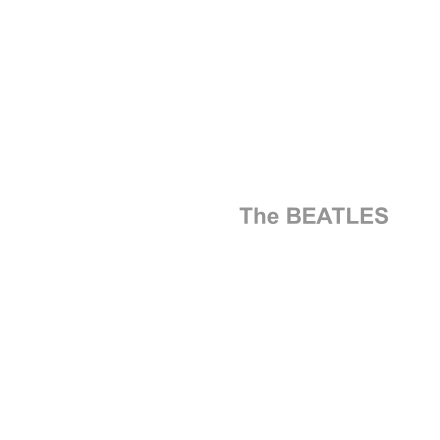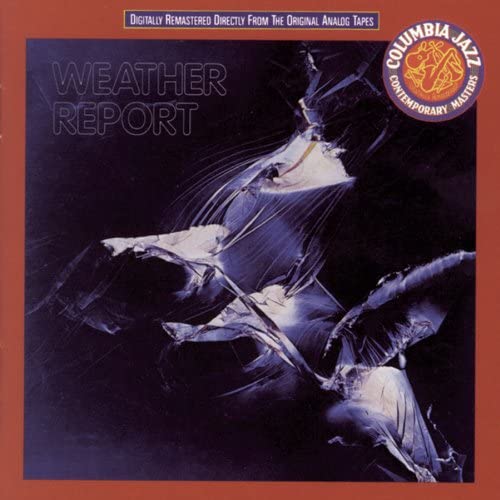Contents
2. Chord Components and Names
Now, let’s explain the chord tone structures and chord names. which is a bit cumbersome part as it involves numerals and memorization.
Review with Triads
First, as a review, let’s recall how chord names are determined. The six primary diatonic chords are divided into major and minor chords…
The difference lies in the interval of the 3rd note, 4 semitones or 3. And though I only briefly mentioned it, they are formally called a major 3rd and a minor 3rd.
The difference in intervals directly correlates to chord names, such as “Major chord for a major 3rd” and “Minor chord for a minor 3rd.”
Intervalic Structured of Seventh Chords
Similarly, tbe names for seventh chords are linked to the interval of the 7th note. Let’s compare the chords stacked vertically.
The 7th at the top is either 11 semitones or 10 semitones away from Rt. So just like 3rd we also distinguish them as “major 7th” and “minor 7th.”
While it would have been simple if major and minor chords had cleanly divided into 3 vs. 3, unfortunately it’s not the case. Instead, they divide into 2 vs. 4, with the V chord being somewhat of an outsider.
On I and IV both 3rd and 7th are major. And on all minor chords both 3rd and 7th are minor. V is the only exceptional case where 3rd is major while 7th is minor.
Naming Rules for Seventh Chords
Now, let’s explain the naming rules for seventh chords. The rules are quite simple: you add a 7th information after the triad’s name.
| If interval is; | Then add the name; | Symbol |
|---|---|---|
| major 7th | “major seventh” | maj7, M7, Δ7 etc |
| minor 7th | “seventh” | 7 |
For major seventh, there are several symbols as shown above, but on this site, I’ll use the most easily distinguishable symbol, Δ7. Following this rule, the prime “seventh” chords are represented by the following chord symbols:
The special one, V, simply gets a “7” attached, making it the simplest symbol. I and IV become “Δ7,” and the minor triad trio, originally with “m,” adds “7” after it, resulting in “m7.” It’s getting a bit more complex, but from Chapter II onwards, we’ll incorporate these formal chord names and symbols. For memorization, remember like this: Only V is special and it’s just “7”. The other two major chords become “Δ7” and all the minor chords are “m7”.
4 Combinations
Now, if you’re a math enthusiast, you might have noticed something missing in the explanations so far. That’s the fact that there are two combinations of “major 3rd vs. minor 3rd” and “major 7th vs. minor 7th,” which should result in four different types. However, we’ve only introduced three types so far.
Yes, there’s actually one more combination that none of the tonic triads fit, which is “minor 3rd × major 7th.” But just according to the naming rule so far, we can logically figure out what the name would be. The “minor 3rd” leads to the name “minor” and the “major 7th” leads to the name ‘major seventh’, so the chord name is Minor Major Seventh, symboled as “mΔ7”. It’s quite a lengthy name, but as there are no candidates within the prime chords that would have this chord quality, inventing a special name didn’t happen, prioritizing a systematic naming system.
Example of Minor Major 7th
If a minor major seventh chord were to appear in pop music, the prime candidate would be when IVm, the quality-changed version of IV, has 7th on it.
IVΔ7, whose 3rd and 7th are both major, changing its 3rd to minor results in the combination “minor 3rd × major 7th.” minor major seventh chords have a unique and intriguing chord quality, though it doesn’t appear so frequently.
Review in a Table
So, when summarizing the correspondence between intervals and chord names, it looks like this.
Firstly understand the naming rules, and then memorize which becomes what when prime chords have 7th. These are the two steps you need to focus on.
Comparing with C as the Root
When arranging the four seventh chords with C as the root, it’s like followings:
The seemingly simple chord “C7” is actually a chord that requires black keys, which is a bit tricky.
Distinguishing Major 7th and Minor 7th
If you ever get confused between the intervals of “major 7th” and “minor 7th”, there is a way to distinguish them: “Major 7th is the same as the note a half step below the root,” “Minor 7th is the same as the note a whole step below the root.”
In other words, it’s about thinking an octave down when you find it difficult to measure the distance such as “11 semitones”. Remembering this can also be handy when playing chords on a keyboard.
Dominant Seventh
By the way, the simple chord quality “seventh” that appears on V presents a bit of a communication problem. That is…
When you make such a statement, it’s not clear whether you are referring to “all types of seventh chords as a whole” or just to “the chords with the symbol ‘7’ only”. It’s a bit confusing, like when a band uses its own name as the title of an album.
 “The Beatles” by The Beatles
“The Beatles” by The Beatles “Weather Report” by Weather Report
“Weather Report” by Weather ReportTherefore, another name has been given specifically to refer to “seventh chords with a major 3rd and minor 7th”— It is Dominant Seventh. “Dominant” originally means “the 5th note of the key”, and since it’s a special seventh chord that only appears on V, it’s called the “dominant seventh” chord.
Which word to use depends on the situations: When you casually talk about chords, like say, “Dm-G7-C”, you simply call it “G-seventh”. The term “dominant seventh” is primarily used in discussions of music theory.
Classical Notation
By the way, this is nothing but a side note, but in classical theory’s notation, the system is completely different—When you write “7”, it means a “seventh chord” made along the scale“.
The symbol and the structure do not correspond one-to-one. As shown above, seventh chords without accidentals are all symboled as “7”. So you need to be careful when reading classical theory contents.
Here, you can see the stark differences in the philosophies of Classical and Jazz. Without understanding that, they might end up arguing again…
There’s absolutely no consistency in the system at all. How the hell can I play the right notes with this?
Listening to each side’s arguments, you can see the difference in their purposes for using Roman numerals and symbols.
In classical music, there is sheet music for performance, so the use of symbols is primarily for analysis, where the key specified for each scene is a fundamental assumption. Therefore, it’s natural for them to use the simplest symbol “7” for all those chords, rather than complicating the system.
On the other hand, the premise of the jazz theory is improvisation, and keys frequently change amid a song. Therefore the chord symbols should be so made that they can tell which notes to play without depending on any contexts, without specifying the key.
So these are not just “dialects” or products of non-standardization. Rather, it reflects the differences in what people want from music theory in different genres. Understanding this background can help you feel the “touch” of each culture, making it easier to accept the differences.
On this site, classical-style notation appears only in Chapter VII, which deals with classical theory. In all other chapters, we adopt the chord symbols of the jazz school, which are commonly used in popular music field.
So, chord names may seem complicated, but the operation itself is not that difficult. In essence, just stack chords along the scale, and it becomes the most basic seventh chord for each.
Also, you don’t have to get yourself glued to your desk memorizing maj.7/min.7 intervalic patterns. It’s something you gradually remember as you encounter various seventh chords through practice. Keep in mind that what matters is the sound, not the names.
Summary
- Seventh chords are a general term for four-note chords built on Rt, 3rd, 5th, and 7th.
- Seventh chords have two types of added tones: major 7th and minor 7th.
- Considering combinations with 3rd, there are a total of 4 types of seventh chords.



